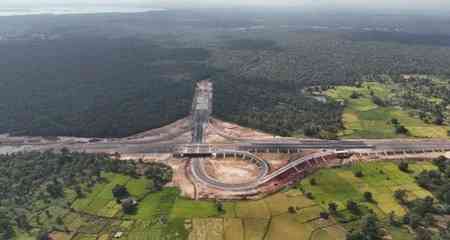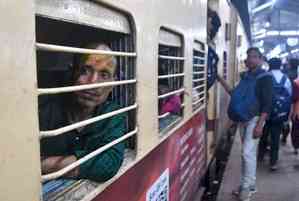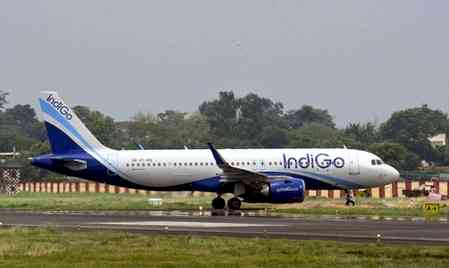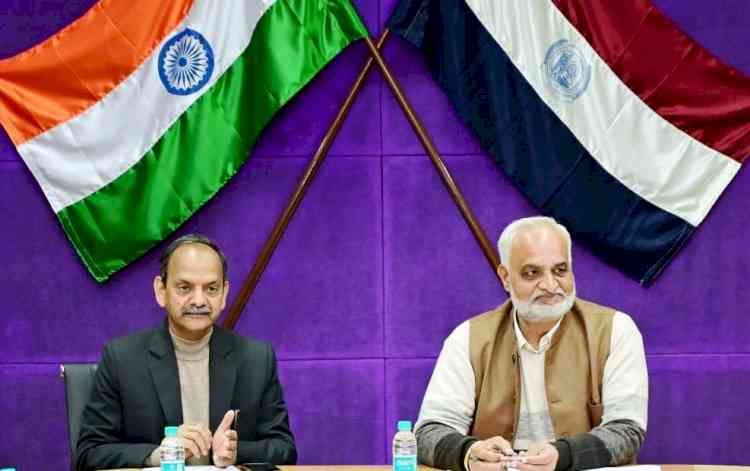DGCA asks Air India to reinspect emergency power units on Boeing 787 fleet after technical incidents
Aviation safety regulator, the Directorate General of Civil Aviation (DGCA), has directed Air India to reinspect the Ram Air Turbine (RAT) system -- an emergency power source -- on all Boeing 787 aircraft where the Power Conditioning Module (PCM) was recently replaced.
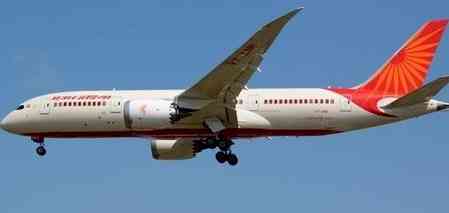
New Delhi, Oct 12 (IANS) Aviation safety regulator, the Directorate General of Civil Aviation (DGCA), has directed Air India to reinspect the Ram Air Turbine (RAT) system -- an emergency power source -- on all Boeing 787 aircraft where the Power Conditioning Module (PCM) was recently replaced.
The move comes after two recent technical incidents involving Air India’s Boeing 787 Dreamliners.
At the same time, the DGCA has asked US aircraft manufacturer Boeing to submit a detailed report outlining preventive measures to avoid such incidents in the future.
The regulator has also sought information from Boeing on similar RAT deployment cases reported globally on Boeing 787 aircraft, as well as any service difficulty reports after PCM replacements.
The action follows two back-to-back incidents earlier this month. On October 4, the RAT on Air India’s Amritsar–Birmingham flight (AI-117) deployed automatically just before landing.
Five days later, on October 9, another Boeing 787 aircraft operating Air India’s Vienna–Delhi flight (AI-154) was diverted to Dubai after the autopilot system suddenly failed, triggering multiple technical malfunctions.
A RAT is designed to deploy automatically in case of a total engine, electrical, or hydraulic failure. It uses wind power to generate emergency electricity to keep critical systems running.
According to a DGCA official, Air India has been asked to reinspect all aircraft where the PCM module -- an essential electrical component that manages power distribution across the aircraft -- was replaced recently.
The airline has also been advised to review the work package of the "D" check (a major aircraft maintenance check) to ensure all necessary actions were taken after PCM replacements.
During the October 4 incident, the RAT unlock message appeared at around 400 feet before landing, but the pilots reported no abnormalities, and the aircraft landed safely.
Boeing-recommended maintenance checks were later carried out, and no defects were found. The aircraft was subsequently cleared for service and flown back to Delhi on October 5.
Air India, however, has denied reports suggesting an electrical failure in the aircraft that diverted to Dubai.
The Federation of Indian Pilots (FIP), in a letter to the Civil Aviation Minister, claimed that the Vienna–Delhi flight had experienced multiple system failures, including issues with autopilot, flight directors, and the instrument landing system, forcing pilots to fly manually at night and divert the plane to Dubai.
The pilots’ body also called for grounding the entire Boeing 787 fleet and conducting a special safety audit of Air India.
The DGCA’s investigation into both incidents is currently underway. The regulator said it will take further action after receiving Boeing’s report and reviewing Air India’s inspection findings.
--IANS
pk/vd


 IANS
IANS 
